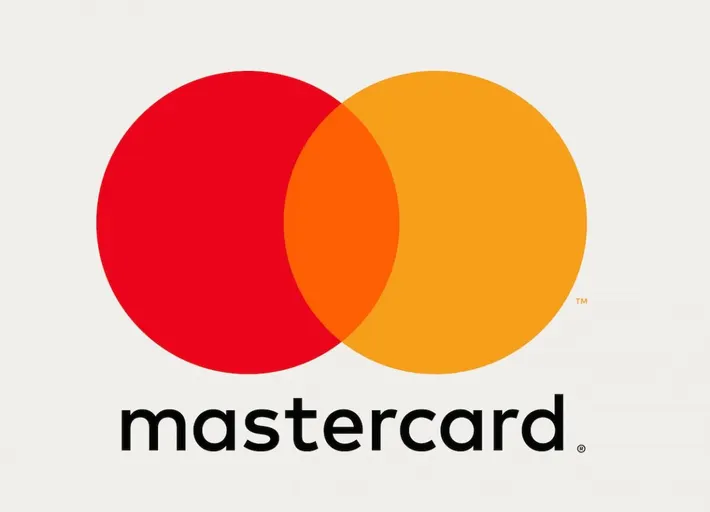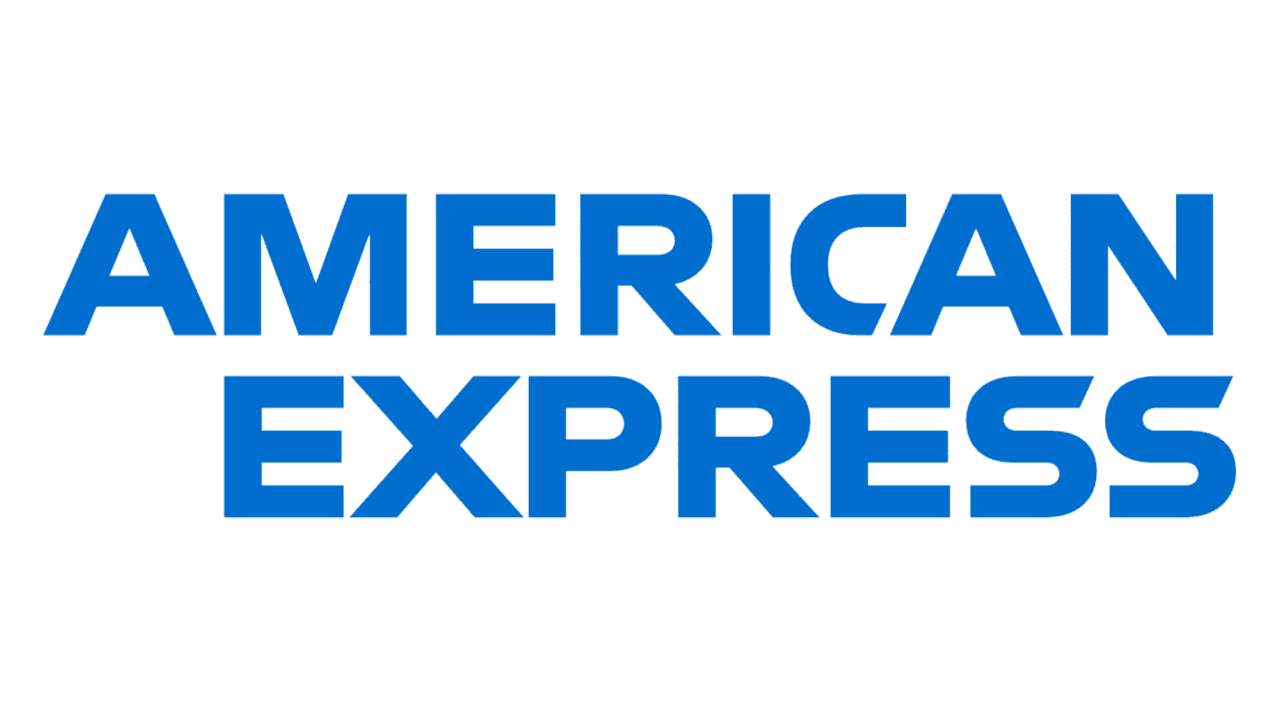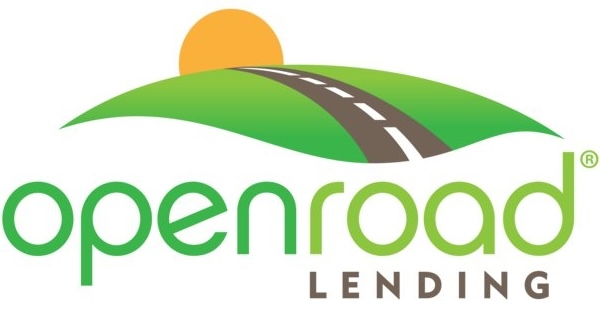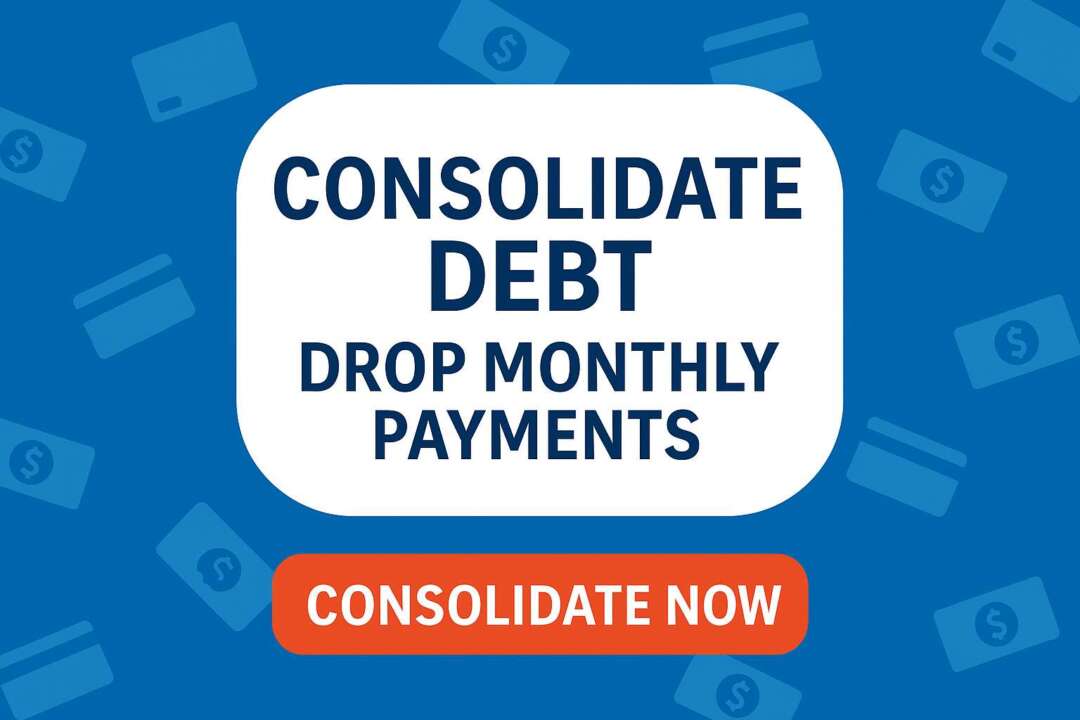Consolidating your credit card debt into a single loan can be just what you need to be able to breathe a little easier and move down the road to getting out of debt. But, you’ve got to make sure to do it the right way. Otherwise, it could make things worse.
This is your guide through the process! With explanations of where things could go off the rails at every step. The idea is to ensure you’re making progress toward a debt-free life.
Common mistake when consolidating credit card debt
One of the most common mistakes people make when they decide to consolidate their credit card debt is that they consolidate with a company that isn’t actually giving them a better option. Sure, they only have one bill now. But consolidating didn’t do anything to help them get out of debt faster…and that’s really the whole point. You want to save money on interest and apply those savings to paying off the principal faster. That’s the whole point!
Determine what you need first
To avoid trading one bad debt for another, you need to know how to compare the offers. Gather the following information about your current credit card debt: the current balances, the minimum payment, and the interest rate. With this information, you can figure out what your effective interest rate is across all your debts. In this video, we walk you through how to do this in detail and where to download a spreadsheet with the formulas already built.
But, if you don’t want to do the calculation, a quick and dirty approach is to ensure that you are never consolidating any debt that has an interest rate that is lower than the APR offered on the consolidation loan. Don’t just compare the interest rates. Remember that origination fees or balance transfer fees will be included in the APR of the new loan. Those fees are part of the cost of consolidating, so you need to account for them. And, if you hope to pay off the loan early, you will want a loan with a low origination fee. When you pay off the loan early, you won’t get a refund on your origination fee. So, your effective APR will be higher than your stated APR.
Shop for the best loan to consolidate credit card debt
Now that you know how much you need and you know what APR you need in order to make consolidating worth it, it’s time to see what you can qualify for. You should apply to several lenders. In fact, I recommend that you get at least three approvals before you accept a loan. Loan companies have different standards for lending and you might qualify for a lower rate with one company compared to another.
At The Yukon Project, we try to make shopping around easy. We have a page where you can see different lenders. But, the really cool thing is that you can apply with any one of them and we will check with all of the lenders to see what they would offer you. The application doesn’t affect your credit score and you can be sure to get the best deal you can qualify for.
Just a quite note about the offers you might get from consolidation companies. Pay attention to the APR, but also look at the total interest paid. A loan with a lower APR may actually cost you more in interest if the loan term is a year or two longer. So, check the APR as well as the total interest expense. All lenders will present both those things in the TILA box presented with your loan offer.
Options instead of consolidating credit card debt
Just because a company offered to consolidate your credit card debt, it doesn’t mean you have to take the loan. Now that you know what you can qualify for, you need to evaluate whether consolidating is better than other options. The four options you should think about is… accelerating the payoff of your current debts, transfer the balances to a single credit card, consolidate into a personal loan, and take out a home equity loan.
Debt Snowball and Debt Avalanche
The first option you should compare is just paying your current debts faster through the snowball or avalanche methods. This can be one of the best options, but it is hard to accomplish if you are currently struggling to afford your payments.
Balance Transfers
Balance transfer is where you move all your credit card balances onto a single credit card, often a new account. Some credit card companies will offer 0% interest for an introductory period on balance transfers. This can save you a lot of money, but only if you take that time to make as many extra payments as you can. If you just make the minimum payments, you aren’t solving your problem. You’re just shifting your debts around and postponing the inevitable need to pay them off.
Debt consolidation loan
Debt consolidation or personal loans can immediately lower your payment and force you to make steady progress on paying off the debt. But, it isn’t worth doing unless the APR offered is several percentage points lower than the interest rate you currently pay.
Home equity loan
Finally, a home equity loan might be the lowest cost option because it would a secured loan. But, that’s one of the downsides, too. The other downside is that it could extend the life of your loan significantly. It really depends on the terms of the loan.
If none of these options feel like they would work for you, you might need to seek professional help. You can get specific and personalized advice from a debt counselor. Make sure you find one who works for a non-profit organization. You can find one through the Financial Counseling Association of America or the National Foundation for Credit Counseling. You should be wary of debt settlement companies or for-profit debt relief companies. They can be expensive and leave you in worse shape then they found you.
One last thing
You got this! With a plan and some discipline you can pay off your debt and make meaningful progress to a more resilient financial life.
























